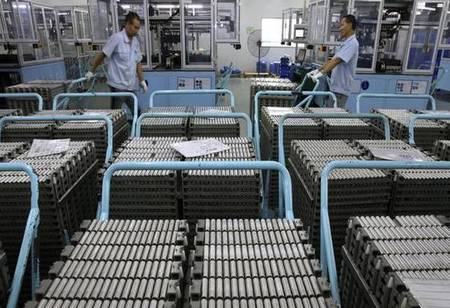Being the third-largest oil importer in the world, in its drive to minimize dependency on oil and fuel imports, India is progressing in a battery technology that uses aluminum rather than lithium as the key ingredient.
As far as Aluminum Battery is concerned, newly the Indian Oil Corporation (Indian Oil) has proclaimed that it has established a Joint Venture (JV) with Israeli start-up firm Phinergy which specializes in hybrid lithium-ion and aluminum-air/zinc-air battery systems.
Based on nationally available Aluminium, the joint venture plans to manufacture Aluminium-Air systems in India. Under this technology, recycling of used Aluminium would support India in becoming “Aatmanirbhar” for energy requirements. The novel Indo-Israeli JV also intends to develop fuel cells and indigenous hydrogen storage solutions for promoting green mobility.
India has few exploitable options to manufacture lithium, the key metal for the current generation of EV batteries, but its eastern jungles hold large reserves of bauxite, the ore used to make aluminum.
“Lithium is scarce in the country and we started scouting for an element which is abundantly
available as a natural resource,” stated Indian Oil R&D Director S.S.V. Ramakumar.
India is one of the top 10 bauxite producers. It has some 600 million tons of the ore in proven reserves, as per the US Geological Survey, though India’s mining ministry estimates that untapped resources may be many times that amount. Furthermore, the country has invested heavily in the production of aluminium over the years to become the world’s second-biggest smelter of aluminium.
In aluminium-ion batteries, aluminium ions offer energy by flowing from the positive electrode of the battery to the negative electrode. Rechargeable aluminium-based batteries provide the possibilities of low cost and low flammability, with leading to high capacity.
An aluminium-air battery could win advantages over its lithium-ion rival in three other vital ways, its potentially cheaper, vehicles using it would have a longer range, and it’s safer.
How does the battery work?
The battery works by tapping electricity generated when aluminium plates react with oxygen in the air. It has one of the highest energy densities for a battery. But the system has a number of drawbacks like the expense of materials that need to be added to the battery to prevent the power from dropping and the fact that the cells can’t be recharged.
Alternatively, Phinergy’s strategy is for users to be able to quickly swap in a new battery and send the used one to a recycling facility as it takes just three minutes to replace the battery.
Relatively, lithium-ion batteries often contain hazardous materials, making them harder to recycle. By 2035, the world would have accumulated about 4 million of tons of Li-ion batteries that have reached the end of their lives, as per a report.
Though, demand both from electric transport and renewable energy storage means India could provide a market big enough for aluminium-air batteries to find a role. Battery demand will rise to as much as 185-gigawatt hours by 2035, as per BNEF.
